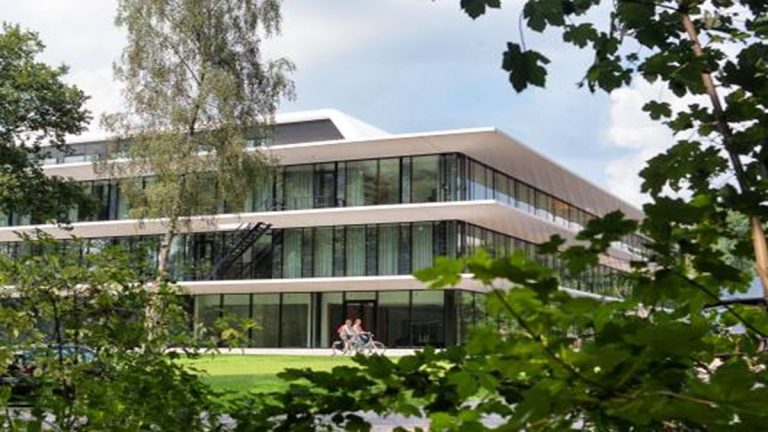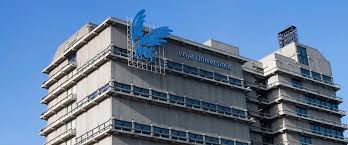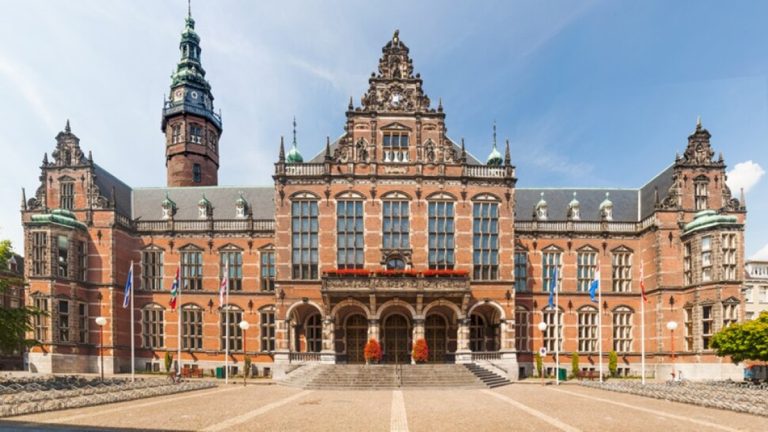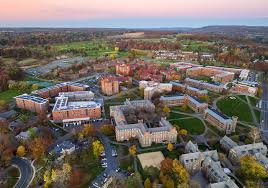For the prestigious PhD school of the Swiss Nanoscience Institute, we solicit applications for a paid 4-year PhD student position in the Biomolecular Nano-Dynamics group at the Dept. of Chemistry and in close collaboration with the Quantum Sensing group at the Dept. of Physics, both at the University of Basel, Switzerland. We look for a highly talented and motivated PhD student with a strong background in physics or physical chemistry to join our team for cutting-edge quantum sensing of biomolecules using nitrogen vacancy (NV) colour centers in diamond and single-photon fluorescence readouts.
Your position
In this interdisciplinary PhD project, you will:
- Build an optically-detected magnetic resonance (ODMR) spectrometer based on state-of-the-art equipment.
- Detect single particles and single photons to establish new fluorescence readouts.
- Develop a range of biocompatible experiments to detect protein molecules and their chemical stimuli.
This work will yield key steps towards single-molecule NMR of biomolecules based on our progress in optical quantum sensing with NV centers. This is a full-time position, and a project we ideally want to start in the first half of 2025.
Your profile
Prior experience in several of these areas is desired:
- Optics and fluorescence spectroscopy techniques,
- Quantum sensing, ideally using color centers,
- Single-molecule experiments and interpretation,
- Advanced data analysis, coding, modeling, machine learning.
Essential requirements:
- MSc degree in physics or physical-chemistry with excellent grades,
- High motivation and curiosity about fundamental questions and method development,
- Independent analytical thinking and systematic work style,
- Excellent experimental problem-solving skills and perseverance,
- Great team player proficient in English (speaking & writing).
We offer you
- An exciting and fully funded PhD project in Basel, Switzerland,
- Embedding in the PhD school of the Swiss Nanoscience Institute (SNI),
- A productive, interdisciplinary group with an open and interactive lab culture,
- State-of-the-art research infrastructure and facilities,
- A highly international and interdisciplinary setting stimulating your professional and personal development,
- The GRACE graduate center, wide-ranging sports offers, etc.
- A beautiful and very lively city at the intersection of Germany, France, and Switzerland.
Application / Contact
Applications are invited from now until Oct 30th, 2024. Please submit your application by email through schmid-che@unibas.ch, including: letter of motivation, CV, and email addresses of 2-3 references – all merged into a single pdf file named ‘Application NV Firstname Lastname.pdf’.
For questions, please contact Prof. Schmid: sonja.schmid@unibas.ch or Prof. Maletinksy: patrick.maletinsky@unibas.ch.



